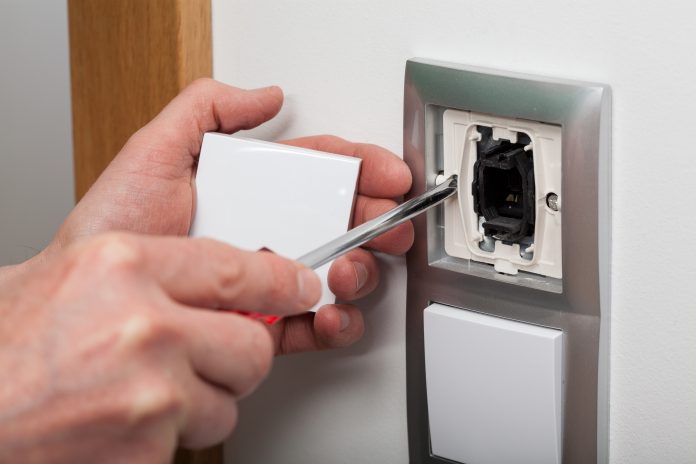Electricity has been so ingrained in our daily lives that if for a moment it switches off, we become agitated. Therefore, fixing basic lighting and electric faults is a skill every adult should have. More so for the time and costs it saves you.
Typically, we get a bit cautious with anything electrical and that’s a good attitude. Carelessly handled, electricity can cause grievous bodily injuries or even in severe cases, it can cause deaths.
Electrical repairs take just a few minutes to get done. A standard rule is to ensure that the main power units supplying electricity to all the appliances and cables in the home are switched off.
This is done by simply removing the circuit fuse and perhaps go a step further to put it into your pocket to avoid accidentally putting it back before you’re done with your repair. You may as well choose to turn off the circuit breaker and lock it if you can. A further precautionary step is to stick a note to the unit notifying others that you’re working on the circuit.
Here are a few basic lighting and electrical repairs you can DIY at home.
Repairing a broken doorbell
Doorbells are either wired or wireless. A wired doorbell consists of a mini transformer, a chime unit and the doorbell itself, while a wireless doorbell uses a battery and do not require internal hardwiring.
Doorbells are usually low voltage and hardly dangerous, except for the transformer in a wired unit. But still apply the normal electrical repair precaution and switch off power when working on the transformer.
If a wired doorbell won’t chime, check the circuit breaker to ensure that it did not trip to the ‘off’ position. Also, check for any loose or corroded wires. Sometimes, the problem is with the chime button as well. This requires some special testers to determine any fault.
For wireless doorbell repairs, the first thing to do is to check the batteries in each of the units. Doorbells are fragile appliances and prone to weather hazards that could cause the batteries or other wirings to fail easily.
If none of these work, simply get a new doorbell. They’re fairly inexpensive.
Repairing appliance cords and wires
Most of the time when an electrical appliance stops working, a cord or wire is worn or broken. To check for this kind of fault, make sure to disconnect the cord or wire from any electrical source first.
Next, use a multimetre or continuity tester to check if it still has the capacity to conduct electricity. With the tester still connected to the cable, check to see if there are any breakages in the strand, as well as the quality and insulation capability.
If you discover any breaks or cracks that could expose the strands, replace the cord or wire with a similar rating and gauge.
Changing a fluorescent light
The bulb is the ultimate symbol of light or electricity. They are durable and almost maintenance free, but occasionally require service or repair.
If the light bulb won’t flicker on, first check to see if it is getting power. Take a look at the breaker, switch box, socket or fuse box, and reset if necessary. If the light still doesn’t come on, the bulb may be dead and needs replacing.
To fix a dead bulb, remove the old one by first unplugging the light and then twisting the bulb with the hand- until it loosens and you can pull it off the socket. Fix the new bulb by twisting it anti-clockwise into the socket. Then switch on.





















